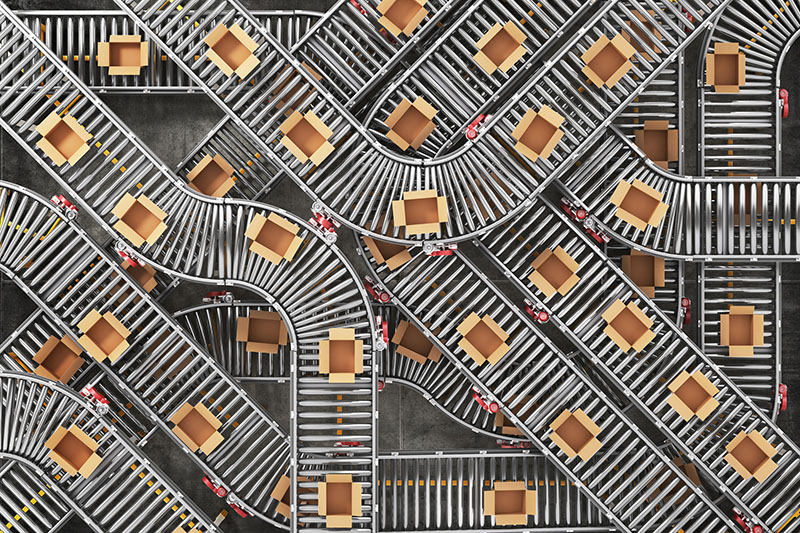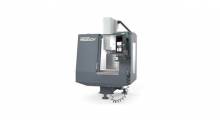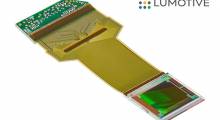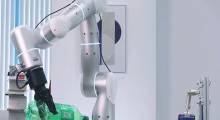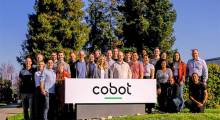A collaboration among a trio of name-brand companies—global contract logistics services provider DHL Supply Chain, technology giant Microsoft, and Blue Yonder (formerly JDA), a provider of AI-driven and end-to-end supply chain management services—announced today they have rolled out what they called a “plug and play” robotics platform.
The companies said that this platform significantly reduces integration time and programming efforts, in order to on-board new automation devices into warehouse facilities, which, in turn, provides shippers with more flexibility in selecting robotics systems geared towards their specific business needs, while leveraging Microsoft Azure IoT and cloud platform services.
This platform was initially implemented at a Madrid, Spain-based DHL Supply Chain facility, and DHL officials said that it has shown significant results, by reducing complexity and accelerating the integration of robotic systems into an existing warehouse management system (WMS). What’s more, they said it also provides shippers with increased flexibility in selecting and integrating different robotic vendors into one system, adding that the robotics platform runs on the Blue Yonder Luminate Platform, equipped with machine-learning (ML)-driven task management capabilities focused on what it called the highest level of warehouse operational efficiency.
Blue Yonder Senior Product Director Prabodh Joshi told LM that the robotics platform, powered by Blue Yonder’s Luminate Platform, started with an initial concept of reducing the time and cost associated with onboarding and augmenting the workforce in a warehouse.
“The objective was to build something that is reusable across the industry with a handful of pre-defined workflows and standardized API’s,” he explained. “Warehouse Management System customers who want to leverage automation to supplement their workforce will benefit the most using the robotics hub.”
When asked to provide a basic example of how the robotics platform works, Joshi said that tasks that need to be executed in a warehouse operation are received by the Robotics Hub, and workflows are then applied to differentiate which tasks are sent to the automation vendor(s) and which tasks are sent to the labor workforce. Tasks that are marked for automation are sent over to the automation vendor(s) who would then execute those tasks.
As for the future plans of this offering, Joshi highlighted a few key steps.
“The vision to bring a holistic approach to the work orchestration in a warehouse is starting to take shape,” he said. “With Task Optimization combined with the robotics platform, we are focusing on orchestrating all resources, both human and robots, in a warehouse. This will allow warehouses to augment the workforce in times of need very quickly and provide the operations with the flexibility they need. An additional benefit to using the robotics platform is the ability to integrate multiple automation vendors in a single warehouse. The ability of this hub is to support not only Blue Yonder WMS but other vendor WMSs as well.”
Markus Voss, Global CIO and COO at DHL Supply Chain, said in a statement that the global deployment of robots and robotic systems is integral to DHL’s strategy to support its employees and improve customer operations.
“Automation and collaborative robotics help us make operational processes more flexible, ergonomic and more attractive to our employees by replacing monotonous, repetitive and particularly strenuous activities,” he said. “The aim is not to replace employees over time, but to assign the more attractive and interesting tasks to our human workforce.”
About the Author
Follow Robotics 24/7 on Linkedin
About the Author
Follow Robotics 24/7 on Linkedin
Article topics
Email Sign Up

